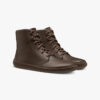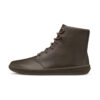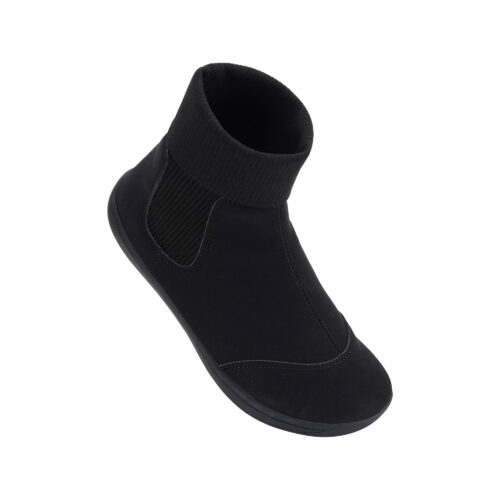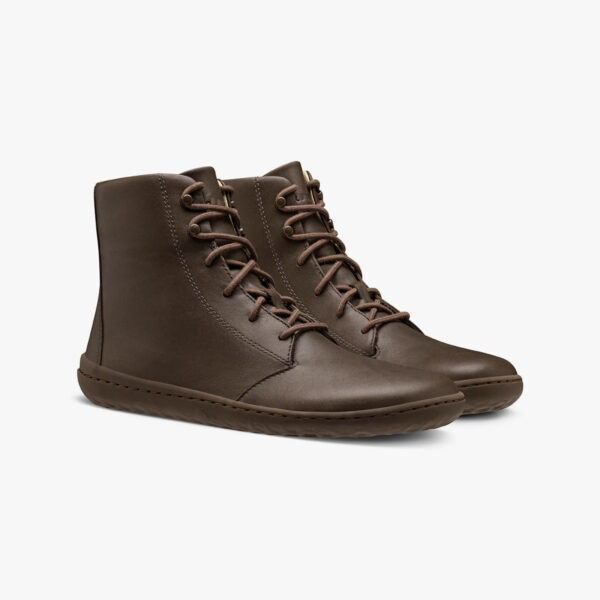
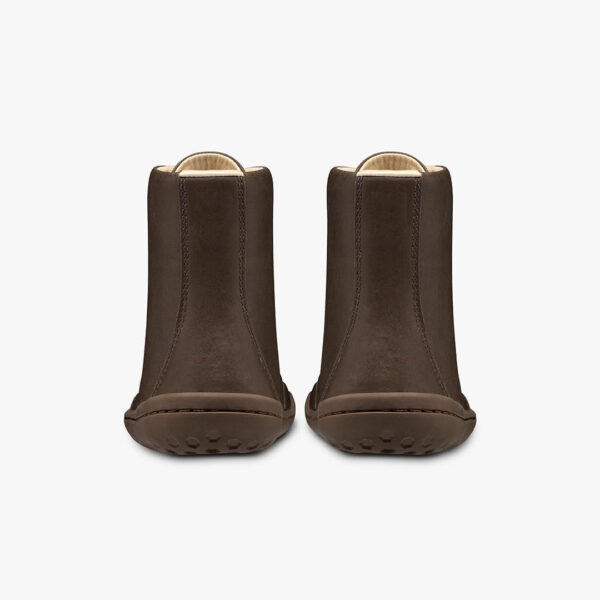

Zero Drop Men’s Weightlifting Barefoot Hiking Boots
The Ultimate Guide to Barefoot Shoes for Weightlifting: Unleash Your Strength
Are you looking to enhance your weightlifting performance while maintaining a natural foot position? Barefoot shoes for weightlifting might be the game-changer you’ve been searching for. This comprehensive guide will explore the benefits of barefoot shoes, their unique features, and how they can revolutionize your strength training routine.
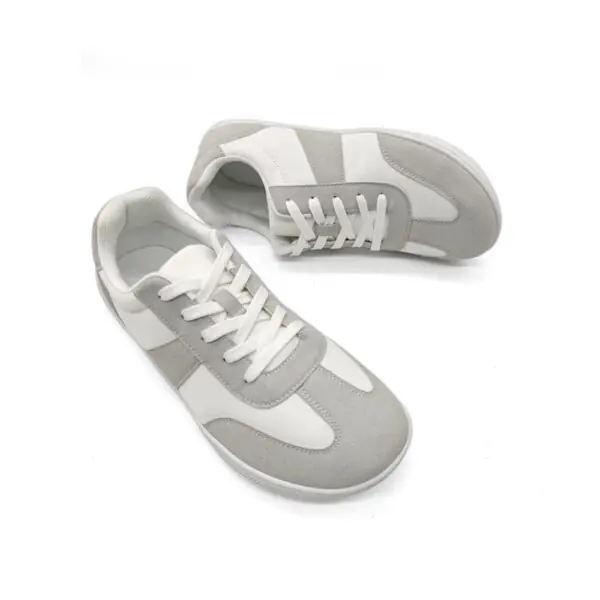
What are Barefoot Shoes for Weightlifting?
Barefoot shoes, also known as minimalist shoes, are designed to mimic the natural movement of your feet while providing essential protection. When it comes to weightlifting, these shoes offer a unique combination of stability, ground feel, and flexibility that traditional weightlifting shoes often lack.
Why Choose Barefoot Shoes for Weightlifting?
- Enhanced Stability: The thin sole and zero-drop design of barefoot shoes allow your feet to be closer to the ground, providing a stable base for lifts.
- Improved Proprioception: By allowing you to feel the ground better, barefoot shoes enhance your body awareness and balance during lifts.
- Natural Foot Strengthening: Wearing barefoot shoes can help strengthen the muscles in your feet and lower legs, potentially reducing the risk of injuries.
- Versatility: Unlike specialized weightlifting shoes, barefoot shoes can be used for various exercises and activities in the gym.
How Do Barefoot Shoes Compare to Traditional Weightlifting Shoes?
Traditional weightlifting shoes typically feature an elevated heel and a rigid structure. While these can be beneficial for certain lifts, they may limit your foot’s natural movement and stability in other exercises. Barefoot shoes for weightlifting offer a more versatile alternative, allowing for a wider range of motion and better ground feedback.
What Features Should You Look for in Barefoot Weightlifting Shoes?
When choosing barefoot shoes for weightlifting, consider the following features:
- Zero-drop sole: Ensures your heel and toes are at the same level, promoting natural foot positioning.
- Wide toe box: Allows your toes to spread naturally, enhancing stability during lifts.
- Thin, flexible sole: Provides better ground feel and natural foot movement.
- Durable materials: Look for shoes that can withstand the rigors of weightlifting.
- Secure fit: Ensure the shoes stay in place during intense movements.
Are Barefoot Shoes Suitable for All Types of Lifts?
Barefoot shoes can be used for a wide range of weightlifting exercises, including:
- Deadlifts
- Squats
- Lunges
- Olympic lifts (with practice and proper technique)
However, it’s essential to listen to your body and gradually transition to barefoot shoes, especially if you’re new to this type of footwear.
How to Transition to Barefoot Weightlifting Shoes?
If you’re new to barefoot shoes, follow these steps for a smooth transition:
- Start by wearing them for short periods during light workouts.
- Gradually increase the duration and intensity of your barefoot shoe usage.
- Pay attention to your body’s feedback and adjust accordingly.
- Consider alternating between barefoot and traditional shoes initially.
Top Barefoot Shoe Options for Weightlifting
While there are many barefoot shoe brands on the market, here are some popular options for weightlifting:
- Vivobarefoot Motus Strength
- Xero Shoes 360
- Vibram FiveFingers KSO EVO
Can Barefoot Shoes Improve Your Lifting Technique?
Many lifters find that barefoot shoes help improve their form and technique. The increased ground feel and natural foot position can lead to:
- Better balance and stability
- Improved engagement of foot and ankle muscles
- Enhanced awareness of weight distribution
Barefoot Shoes vs. Lifting Barefoot: Which is Better?
While some lifters prefer going completely barefoot, barefoot shoes offer several advantages:
- Protection from gym floor hazards
- Compliance with gym hygiene rules
- Versatility for different exercises and environments
How to Care for Your Barefoot Weightlifting Shoes
To ensure the longevity of your barefoot shoes:
- Clean them regularly with a soft brush or damp cloth
- Allow them to air dry after use
- Rotate between multiple pairs if possible
- Store them in a cool, dry place
Are There Any Drawbacks to Using Barefoot Shoes for Weightlifting?
While barefoot shoes offer many benefits, there are some potential drawbacks to consider:
- Initial discomfort during the transition period
- Less ankle support compared to traditional weightlifting shoes
- May not be suitable for those with certain foot conditions
Combining Barefoot Shoes with Other Training Methods
Barefoot weightlifting shoes can complement other training approaches, such as:
- Barefoot running for improved overall foot strength
- Minimalist trail running for enhanced proprioception
- Barefoot hiking for better foot and ankle stability
The Future of Barefoot Weightlifting Shoes
As more lifters discover the benefits of barefoot shoes, we can expect to see continued innovation in this space. Future developments may include:
- Advanced materials for improved durability and performance
- Customizable options for individual foot shapes and preferences
- Integration of smart technology for performance tracking
Conclusion: Are Barefoot Shoes Right for Your Weightlifting Journey?
Barefoot shoes for weightlifting offer a unique combination of natural foot movement, enhanced ground feel, and versatility. While they may not be for everyone, many lifters find that transitioning to barefoot shoes improves their performance and overall gym experience.If you’re curious about trying barefoot shoes for weightlifting, start with a gradual transition and listen to your body. With patience and proper technique, you may discover a new level of strength and connection to your lifts.Remember, the best shoe for you is the one that feels comfortable, supports your lifting goals, and helps you perform at your best. Whether you choose barefoot shoes or traditional weightlifting footwear, the most important factor is consistent, safe, and effective training.
Barefoot Shoes Application
Learn more common application abou barefoot shoes and its benefit.
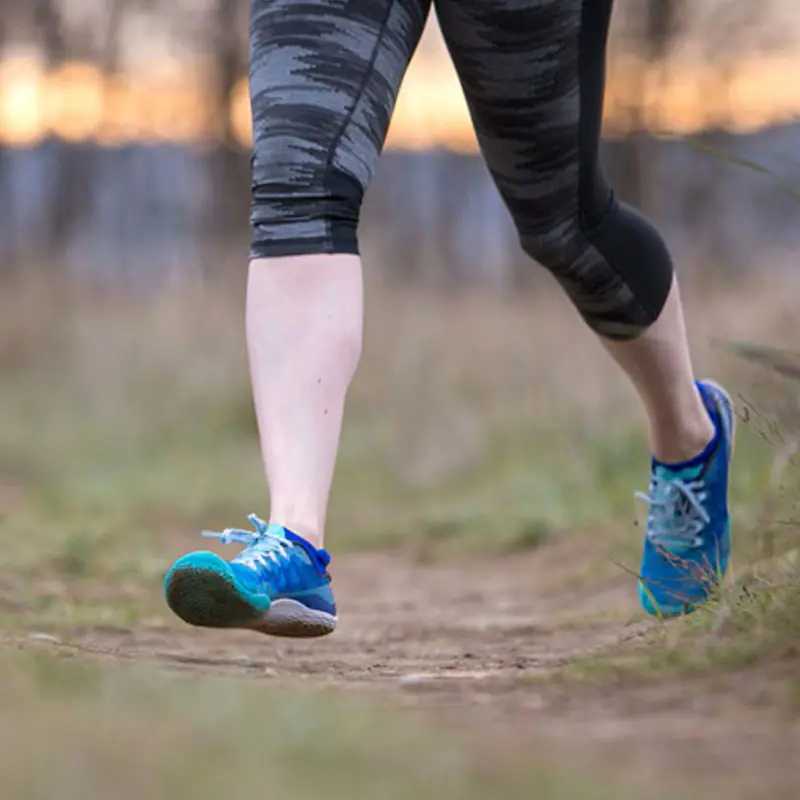
Running & Fitness
Barefoot shoes are specifically engineered to replicate the natural feel of running without traditional cushioning, allowing for a more authentic experience. This design encourages proper running form and enhances agility by promoting a midfoot or forefoot strike, which can lead to improved efficiency and speed. Additionally, wearing barefoot shoes helps strengthen foot muscles, improving overall foot health and stability. They are suitable for various fitness activities, including jogging, cross-training, and gym workouts. By reducing the risk of common injuries associated with traditional running shoes, barefoot shoes empower runners and fitness enthusiasts to push their limits while fostering a deeper connection with the ground beneath them.
Everyday Wear
Barefoot shoes are an excellent choice for everyday activities, combining comfort with style. Designed to allow the feet to move naturally, they feature a wide toe box that promotes splay and reduces pressure on the toes, making them perfect for long hours of wear. Whether you’re at the office, running errands, or enjoying a casual outing, these shoes provide the support needed for all-day comfort. The lightweight construction enhances flexibility, allowing for easy movement and a more relaxed stride. Additionally, many styles are versatile enough to pair with various outfits, ensuring you don’t have to compromise on fashion for comfort. By choosing barefoot shoes for daily wear, you encourage healthier foot mechanics and overall well-being while enjoying a stylish look that suits any occasion.

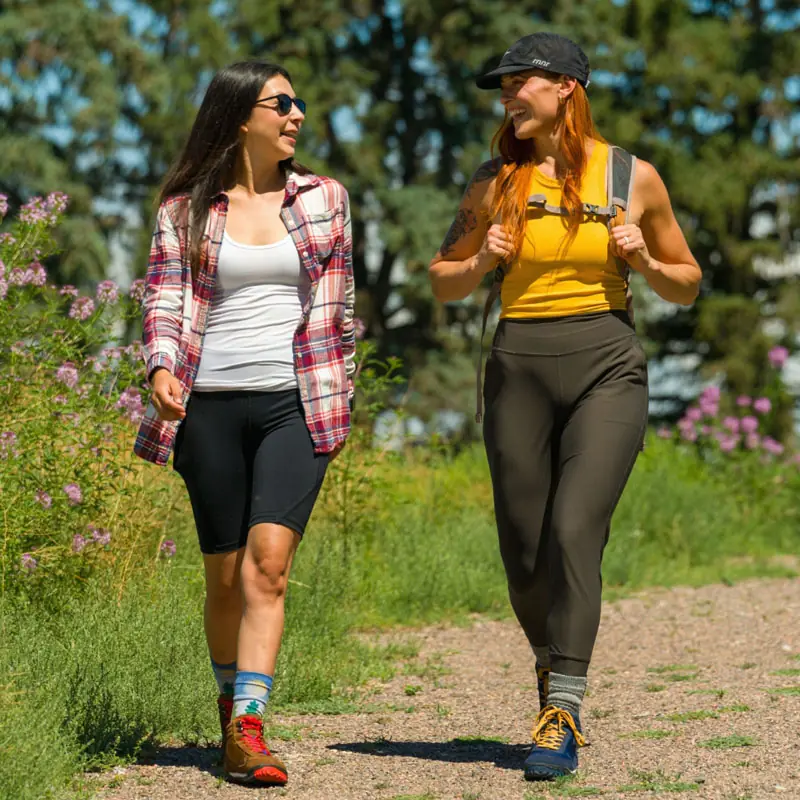
Outdoor Activities
Barefoot shoes are ideal for outdoor adventures, combining lightweight design with exceptional flexibility. They allow for better ground feel, which enhances your ability to navigate diverse terrains, from rocky trails to grassy fields. This natural connection with the ground improves balance and stability, making them suitable for hiking, trail running, and other outdoor pursuits. Many styles feature durable, grippy soles that provide traction on various surfaces, ensuring safety during exploration. Their breathable materials keep your feet comfortable, even on warm days, while the minimalist design allows for easy packing and travel. By choosing barefoot shoes for outdoor activities, you not only enhance your performance but also promote healthier foot mechanics, allowing you to fully enjoy the beauty of nature without compromising comfort or support.
Frequently Asked Question
The top questions about minimalist zero drop barefoot shoes.
They prioritize a natural foot shape and movement, lacking the arch support and heavy cushioning found in traditional shoes.
Our barefoot shoes have a wide toe box, minimal cushioning, and a flexible sole to promote natural foot movement.
Yes, our designs accommodate various foot shapes and sizes, but we recommend checking fit guides for best results.
We use breathable, lightweight, and eco-friendly materials that support flexibility and comfort.
Yes, many of our styles are designed specifically for running and encourage a natural running form.
Yes, our soles are designed for optimal grip and traction on various surfaces.
We provide a detailed size chart and fit guide to help you find the best fit for your customers.
这是测试文本,单击 “编辑” 按钮更改此文本。
Yes, we have a range of barefoot shoes designed for children, promoting healthy foot development.
With proper care, our shoes can last several months to a couple of years, depending on usage.
Some styles are water-resistant, but we recommend checking product descriptions for specific details.
Start with short wear (20-30 mins), gradually increase time, and focus on softer surfaces. Listen to your body!

